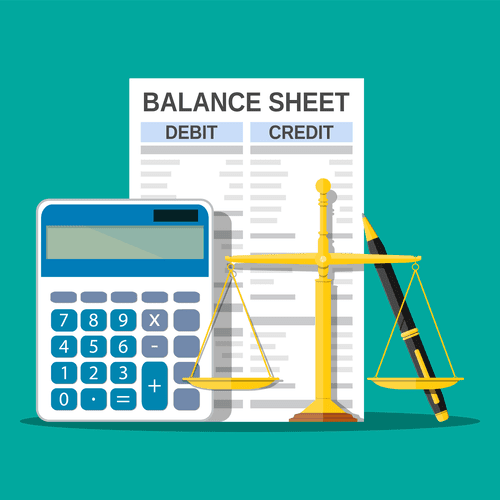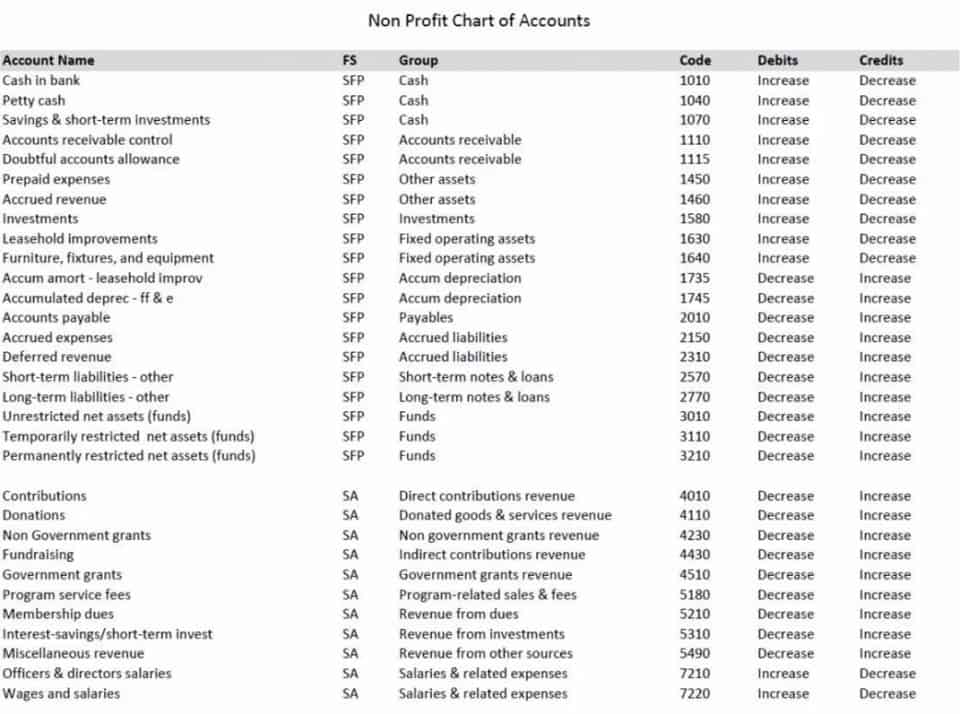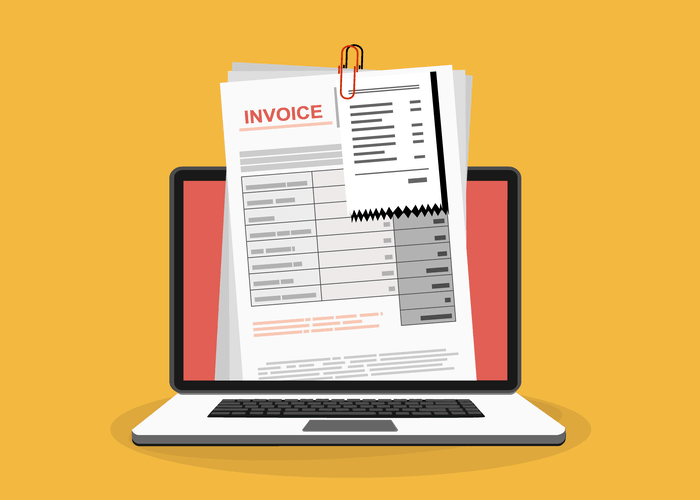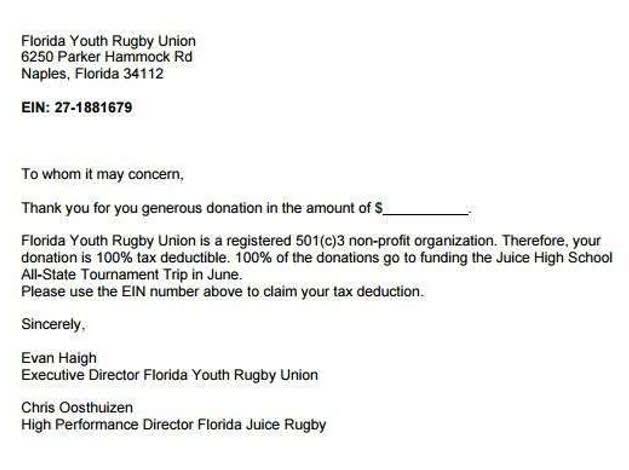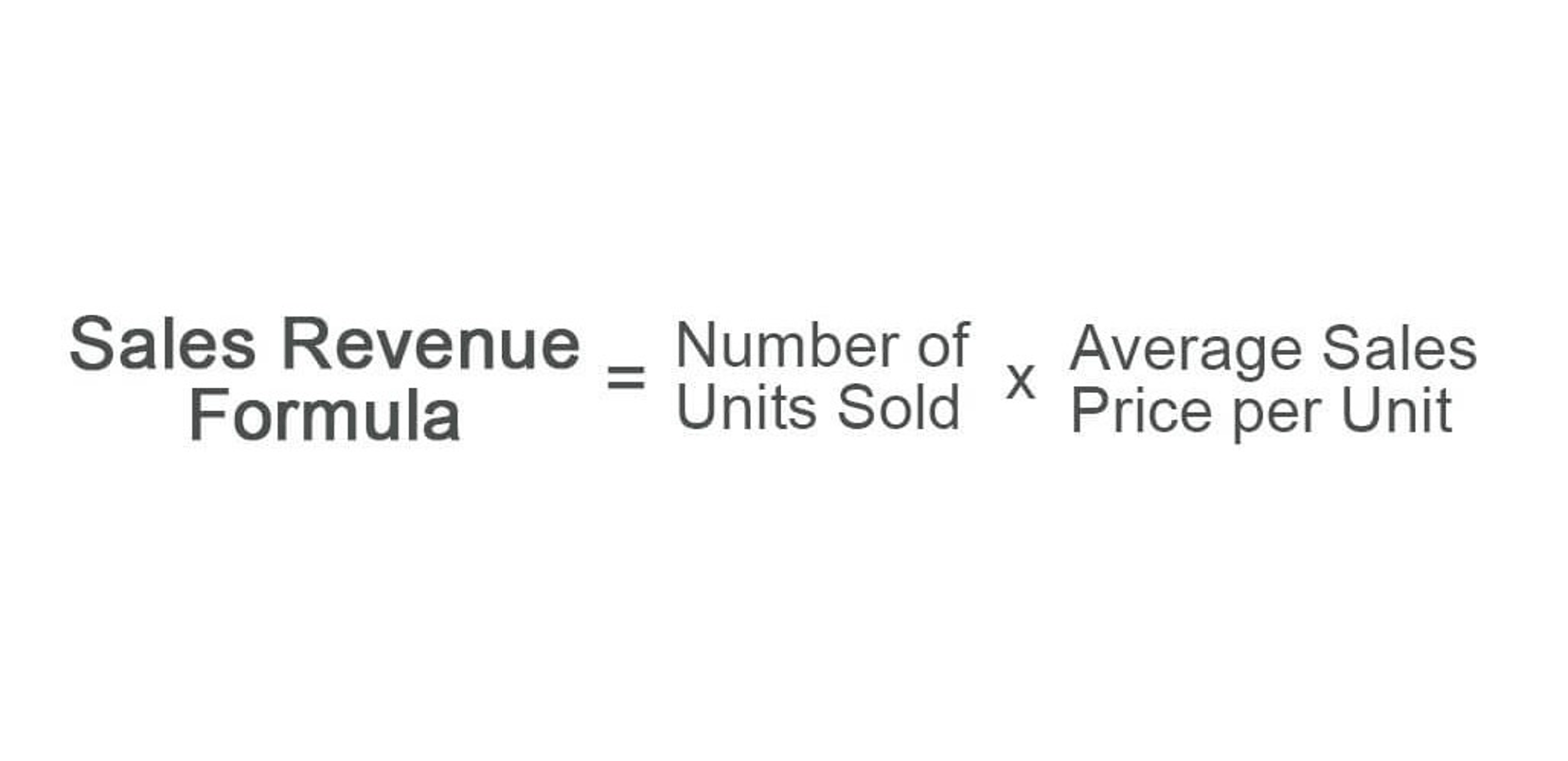Every business aims to stand firm the best accounts receivable financing options financially, and a big part of that is how well they handle their debts. A handy metric, the debtors turnover ratio, gives us a peek into how effectively a company is managing its credit and collecting dues. By diving deep into this ratio, businesses can gain insights that help them fine-tune their financial strategies.
So, for example, if a company has a debtors turnover ratio of 10 and the period is 365 days, the debtor turnover days would be 36.5 days. A lower debtor turnover days value indicates that a company collects its accounts receivable faster. Both the debtors turnover ratio and the debtor turnover days formula are invaluable assets in a business’s analytical toolkit. By leveraging these metrics, businesses can refine their credit policies, streamline collection processes, and enhance their financial health. This can provide valuable insights into the company’s collection efficiency and the effectiveness of its credit terms. A higher debtors turnover ratio and a lower debtor turnover days indicate that a company can quickly convert its accounts receivable into cash, which is crucial for maintaining a healthy cash flow.
Example of Receivables Turnover Ratio
Prepare for future growth with customized loan services, succession planning and capital for business equipment. Shaun Conrad is a Certified Public Accountant and CPA exam expert with a passion for teaching. After almost a decade of experience in public accounting, he created MyAccountingCourse.com to help people learn accounting & finance, pass the CPA exam, and start their career. We require all users to complete a Know Your Customer (KYC) process for compliance and security purposes. This step involves providing personal information and verifying your identity.
CFI is the top 10 business blogs and why they are successful global institution behind the financial modeling and valuation analyst FMVA® Designation. CFI is on a mission to enable anyone to be a great financial analyst and have a great career path. In order to help you advance your career, CFI has compiled many resources to assist you along the path. Mentions of stocks or investment products are solely for informational purposes and do not constitute recommendations.
Debtors Turnover Ratio Formula
The debtors turnover ratio is influenced by various internal and external factors that impact how efficiently a company collects payments from its customers. A higher receivables turnover ratio improves cash flow by ensuring quicker payments from customers, helping the company meet financial obligations and reinvest in operations. They’re more likely to pay when they know exactly when their payment is due and what they’re paying for. Your credit policy should help you assess a customer’s ability to pay before extending credit to them. Lenient credit policies can result in bad debt, cash flow challenges, and a low turnover ratio. Accounts receivable turnover shows how often you collect outstanding payments within a given period.
- For example, a company with a ratio of four, not inherently a “high” number, will appear to be performing considerably better if the average ratio for its industry is two.
- Therefore, on average, it takes Company XYZ about 49 days to collect its receivables.
- In simpler terms, the company converted its receivables into cash approximately 7.41 times over the year.
- Therefore, relying only on the company ratio can lead to wrong interpretations.
- Keep an accurate record of all sales and payments as soon as they happen.
- Select the amount you wish to invest, and the app will process your investment in the selected portfolio.
Do more with the Bajaj Finserv App!
When a company’s receivables turnover ratio is low, this indicates they have an issue with collecting outstanding customer credit and converting it into cash. The lower the ratio, the less frequently the company is collecting payments, indicating a potential cash flow problem. A low ratio could also be an indication that there’s a problem with production or product delivery—if customers aren’t receiving their products on time, they aren’t going to pay on time either. Trinity Bikes Shop is a retail store that sells biking equipment and bikes. Due to declining cash sales, John, the CEO, decides to extend credit sales to all his customers. In the fiscal year ended December 31, 2017, there were $100,000 gross credit sales and returns of $10,000.
Company
A low debtors turnover ratio indicates that a company is taking longer to collect payments from its customers. To improve this ratio, companies can implement stricter credit policies, offer incentives for early payments, and follow up more aggressively with delinquent customers. A thorough analysis of the debtor collection is a must for every business. The best way to employ the use of debtor turnover ratio is to study it in conjunction with other metrics. For example, the debtor turnover ratio can be used to calculate the debtor turnover days to get a more practical and accurate timeline of debt collection.
In that case, students should use the total sales number as the numerator, assuming all the sales are credit sales. Average accounts receivables is the money from previous credit sales that the business has yet receive from customers. A high ratio suggests that the company has an efficient collection system and customers are making payments on time. Conversely, a low ratio may point to issues in the collection process, potentially leading to financial instability. The debtor turnover days formula can be employed to get a more granular view of a company’s collection efficiency. To calculate the ratio, you’ll need to know the balance of your average accounts receivable.
A Measure of Credit and Collection Efficiency
These factors can slow down the collection of accounts receivable and reduce the frequency at which debtors convert into cash. Centerfield Sporting Goods specifies in their payment terms that customers must pay within 30 days of a sale. Their lower accounts receivable turnover ratio indicates it may be time to work on their collections procedures. In doing so, they can reduce the number of days it takes to collect payments and encourage more customers to pay on time. Receivables turnover ratio (also known as debtors turnover ratio) is an activity ratio which measures how many times, on average, an entity collects its trade receivables during a selected period of time. It is computed by dividing the entity’s net credit sales by its average receivables for the period.
Therefore, relying only on the company ratio can lead to wrong interpretations. Consequently, it is better to compare the company ratio with competitors and industry ratio. This how to convert cash basis to accrual basis accounting service / information is strictly confidential and is being furnished to you solely for your information.
Limitations and issues with using receivables turnover ratio
This can lead to a misleadingly high debtor turnover ratio, as it does not accurately reflect the company’s overall credit management effectiveness. Therefore, it is important for companies to consider other factors, such as the ageing of receivables when evaluating their credit policies. Beyond the primary ratio, the debtor turnover days formula provides a more granular perspective on a company’s financial health. From the above example, the Debtors Turnover Ratio comes out to 5.2, and the average accounts receivable are Rs. 10,00,000/-, let us calculate the average collection period for a year with 365 days. A debtors turnover ratio helps a company to understand how quickly and efficiently is it able to collect money from its customers who buy on credit. This accounting ratio helps quantify how well a business manages and recovers payments from its clients.
It can sometimes be seen in earnings management, where managers offer a very long credit policy to generate additional sales. Due to the time value of money principle, the longer a company takes to collect on its credit sales, the more money a company effectively loses, or the less valuable are the company’s sales. Therefore, a low or declining accounts receivable turnover ratio is considered detrimental to a company. The Debtors Turnover Ratio, also known as the Accounts Receivables Turnover Ratio, measures how efficiently a company collects its average outstanding receivables over a specific period. It indicates how frequently the company converts its credit sales into cash, reflecting the effectiveness of its credit and collection policies.
This blog will explain the Debtors Turnover Ratio, its formula, provide example, discuss its importance, and highlight its limitations. One way to enhance the analysis of debtor collection performance is by calculating the debtor turnover days using the debtor turnover days formula. It can provide a more accurate representation of the company’s collection efficiency over some time. Additionally, businesses should consider the ageing of receivables, which provides insights into the number of days a debtor’s account has been outstanding. When sales are made in credit, the other party who owes money (to be paid later) is known as the debtor. Due to the sale of goods on credit, there may be a delay in payments, and hence, the money receivable is known as accounts receivable.
- It’s not unusual for businesses to give clients 30 days or longer to pay for a product or service.
- You must use it in conjunction with other ratios, such as the average collection period, the net profit margin, and the return on assets, to get a comprehensive picture of a company’s performance.
- The reason net credit sales are used instead of net sales is that cash sales don’t create receivables.
- A low ratio suggests that the company is lagging behind its peers in terms of credit and collection efficiency.
- CFI is on a mission to enable anyone to be a great financial analyst and have a great career path.
- You can also enhance sales team productivity and analyse sales data so that you can experience efficient business growth.
- It measures how often a business collects its average accounts receivable during a period.
In simpler terms, the company converted its receivables into cash approximately 7.41 times over the year. If the ratio is high, it means the company is good at collecting money from its customers quickly. As companies move to modernize their receivables technology, they may face many obstacles when solving for visibility into their receivables, optimizing cashflow and improving their cash application process. Morgan can help create operational efficiencies and a better customer experience. After setting up your investment, you can sit back and watch your money grow. The Stack Wealth app will provide regular updates and reports on your portfolio’s performance.
It means the company, on average, takes 60.83 days to collect a receivable. Whether this collection period of 60.83 days is good or bad for Maria depends on the terms of payment it offers to credit customers. For example, if Maria’s credit terms are 90 days, then the average collection period of 60.83 days is perfectly fine. But suppose, if its credit terms are 30 days or less, then an average collection period of 60.83 days would certainly be worrisome for the company.
While restrictive credit policies reduce risks, they can also drive potential customers to go to our competitors who offer more flexible credit terms. Therefore, finding the right balance is the key to maintaining growth while ensuring timely collections. The higher the debtors turnover ratio, the better is the credit management of the company. This indicates the company may need to improve its collections process to prevent overdue payments and reduce receivables. Indicates an efficient collection of receivables, with a quick conversion of credit sales into cash. This ratio is an important indicator for assessing how well a company manages its credit policies, collections process, and overall efficiency in utilizing its assets.









